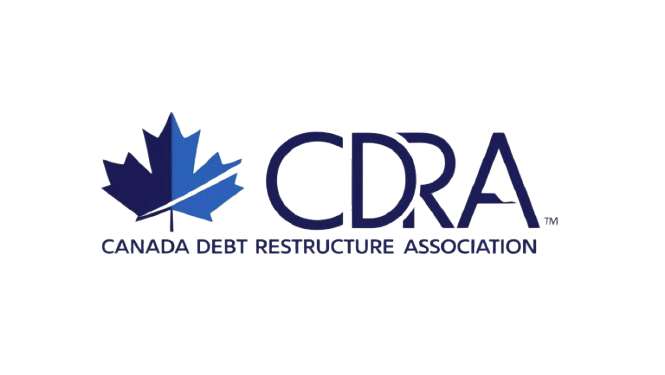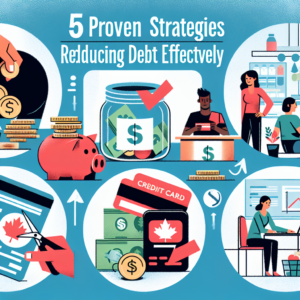In today’s fast-paced financial environment, many individuals and businesses find themselves grappling with overwhelming debt. As debts accumulate, the pressure to maintain financial stability can feel insurmountable. Debt restructuring emerges as a viable solution, offering a path toward financial relief and peace of mind. By understanding its foundational concepts and the benefits it can provide, debtors can make informed decisions that may lead to a brighter financial future.
Understanding Debt Restructuring: Key Concepts Explained
Debt restructuring refers to the process of reorganizing the terms of an existing debt agreement. It often involves modifying payment schedules, interest rates, or the total amount owed to make the debt more manageable for the borrower. This process can apply to various forms of debt, including personal loans, credit card debts, and corporate financing. The primary goal is to alleviate the financial burden on the borrower, allowing them to avoid default and regain control over their financial situation.
There are several methods through which debt can be restructured. For individuals, options include negotiating directly with creditors for lower monthly payments or reduced interest rates. In some cases, debt consolidation loans may be utilized to merge multiple debts into a single, more manageable payment. For businesses, restructuring may involve renegotiating contracts with suppliers or seeking the assistance of bankruptcy courts to develop a feasible repayment plan. Each method has its unique advantages and can be tailored to fit the specific needs of the debtor.
Importantly, debt restructuring is not a one-size-fits-all solution. The effectiveness of this approach depends on the borrower’s financial situation, the nature of their debts, and their willingness to engage with creditors. While it can provide immediate relief, it is crucial for borrowers to understand the implications of restructuring, including potential impacts on credit scores and future borrowing capabilities. Knowledge of these concepts empowers debtors to make strategic choices that align with their financial goals.
Benefits of Debt Restructuring: Achieving Financial Stability
The primary benefit of debt restructuring is enhanced financial stability. By alleviating the burden of high monthly payments or exorbitant interest rates, borrowers can breathe easier and focus on other aspects of their financial lives. This newfound stability often leads to improved cash flow, allowing individuals and businesses to allocate resources toward savings, investments, or other essential expenses. Such a shift can foster a sense of normalcy and reduce the anxiety that often accompanies financial distress.
Another significant advantage of debt restructuring is the potential for improved credit scores over time. While initial restructuring efforts may have a temporary negative impact on credit ratings, successfully managing restructured debts can lead to a gradual recovery. As borrowers demonstrate their ability to meet modified payment terms, creditors may begin to view them as lower-risk clients, opening doors to better financing options in the future. This positive trajectory can ultimately enhance the borrower’s financial reputation.
Moreover, debt restructuring provides an opportunity for personal growth and financial education. As borrowers engage in the restructuring process, they often gain valuable insights into their spending habits, financial obligations, and overall financial literacy. This newfound knowledge can empower individuals and businesses to make informed financial decisions moving forward, creating a more sustainable and secure financial future. By turning a challenging situation into a transformative experience, debt restructuring can pave the way for long-lasting financial wellness.
In summary, debt restructuring offers a pathway to financial relief and peace of mind for those facing overwhelming debt. By understanding the key concepts involved in the restructuring process and recognizing its benefits, debtors can take proactive steps toward achieving financial stability. Whether for personal or business-related debts, restructuring can lead to a brighter financial future, equipping individuals and organizations with the tools necessary for lasting success. In a world where financial challenges are a reality for many, embracing debt restructuring may be the first step toward reclaiming control and fostering a sense of financial empowerment.



